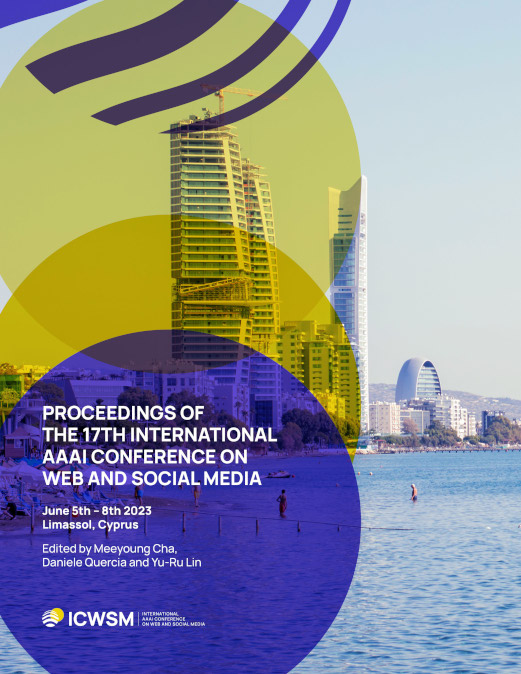Unique in What Sense? Heterogeneous Relationships between Multiple Types of Uniqueness and Popularity in Music
DOI:
https://doi.org/10.1609/icwsm.v17i1.22199Keywords:
Measuring predictability of real world phenomena based on social media, e.g., spanning politics, finance, and health, Studies of digital humanities (culture, history, arts) using social media, Organizational and group behavior mediated by social media; interpersonal communication mediated by social mediaAbstract
How does our society appreciate the uniqueness of cultural products? This fundamental puzzle has intrigued scholars in many fields, including psychology, sociology, anthropology, and marketing. It has been theorized that cultural products that balance familiarity and novelty are more likely to become popular. However, a cultural product's novelty is typically multifaceted. This paper uses songs as a case study to study the multiple facets of uniqueness and their relationship with success. We first unpack the multiple facets of a song's novelty or uniqueness and, next, measure its impact on a song's popularity. We employ a series of statistical models to study the relationship between a song's popularity and novelty associated with its lyrics, chord progressions, or audio properties. Our analyses performed on a dataset of over fifty thousand songs find a consistently negative association between all types of song novelty and popularity. Overall we found a song's lyrics uniqueness to have the most significant association with its popularity. However, audio uniqueness was the strongest predictor of a song's popularity, conditional on the song's genre. We further found the theme and repetitiveness of a song's lyrics to mediate the relationship between the song's popularity and novelty. Broadly, our results contradict the "optimal distinctiveness theory'' (balance between novelty and familiarity) and call for an investigation into the multiple dimensions along which a cultural product's uniqueness could manifest.Downloads
Published
2023-06-02
How to Cite
Yu, Y., Cheung, P. Y., Ahn, Y.-Y., & Dhillon, P. S. (2023). Unique in What Sense? Heterogeneous Relationships between Multiple Types of Uniqueness and Popularity in Music. Proceedings of the International AAAI Conference on Web and Social Media, 17(1), 914-925. https://doi.org/10.1609/icwsm.v17i1.22199
Issue
Section
Full Papers

